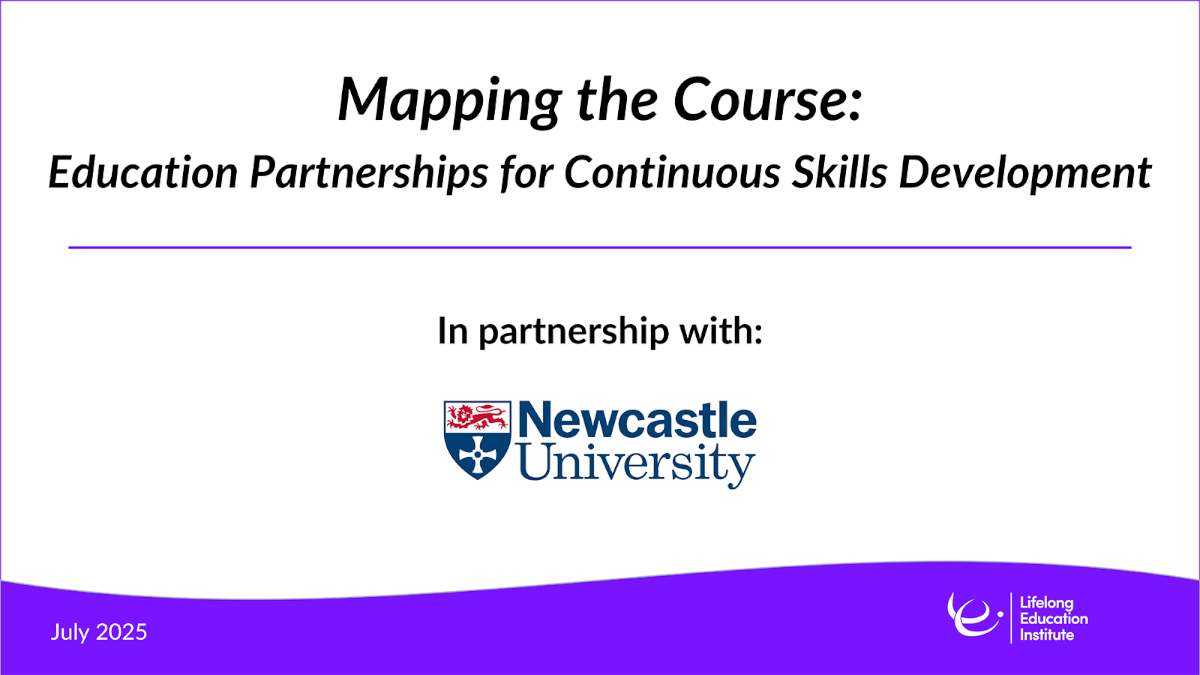Why universities face a race against time to close the digital expectation gap

At the start of the pandemic, universities came under scrutiny for not having the technology or the ability to support the student experience sufficiently. The combination of having to receive much of their day-to-day learning remotely through virtual learning environments (VLE) and comms platforms raised concerns about value for money and has caused a crisis in student confidence in HE.
The return of face-to-face teaching has improved NSS scores for most courses, as new HyFlex models are being implemented for blended learning and IT resources, and facilities are supporting students learning. However, it has also exposed gaps in the wider student experience.
Every university has ‘gone digital’ to varying degrees, but some universities are not delivering any wider digital support alongside their learning offering. Because of this, a powerful underlying issue has been exposed which is forcing much of the student dissatisfaction – digital transformation and expectations of service delivery are not up to scratch. The result – a digital experience gap between what students expect and what universities offer.
Whilst 83% of students choose their course before their university and largely make a choice of institution based on things like location, grades and overall reputation, our research has revealed that other factors such as expectations of service delivery and the wider campus experience are increasingly becoming important factors in students’ eyes.
This generation is expecting a lot more from universities in terms of digital than universities have ever needed to consider before. NSS scores have taken a hit over the last few years and whilst there are signs of a slight upturn post-pandemic, universities must act now to develop high-quality, inclusive digital experiences which meet the growing expectations of the digital-native students of today.
What are students looking for?
High expectations of digital service are not simply an after-shock from the impact of Covid on HE. In almost every other aspect of human life and business, digital transformation driven by customer expectations is in full flood. The TikTok generation is immersed in digital, where every service is available at the touch of a button and social media platforms are their world. They expect high-quality and personalised digital experiences in all areas of life – why should education be any different?
Our research found that 91% also think university digital services should be as strong as face-to-face campus life and learning. 70% of students think digitised universities must become as good as Amazon, Netflix and Facebook in terms of the user experience and quality of the interface.
Resistance to digital advancement
Many universities are simply not set up to cope with the pace of digital change. It’s very common to have to deal with legacy systems, poor data collection and analysis – which is needed to create data-led actionable insights – and a lack of agile and deployable digital knowledge and capabilities. There’s also a tendency to approach digital experiences from the point of view of the organisation, rather than the students, and a lack of cohesive understanding and support for what universities are trying to achieve with their digital experiences. Our research showed that there is an ambition to be more digital but often not the ability to move at pace to deliver the tranche of updated or newly digitised services that need to be put in place to meet students’ needs.
Data is also not being used to its full potential to drive the student experience. Universities now have the opportunity to leverage smarter collection and use of data to learn more about students’ mindsets and behaviour and also to provide them with personalised support. Data patterns can establish what makes each student tick, what learning style works best for them, and what their motivations are, to allow the university to provide support in the best way possible, whether that be through digital or physical nudges or interventions.
HEIs sometimes look to ‘boil the ocean’, implementing end-to-end data collection and integration platforms. But it doesn’t need to be large, intimidating and organisation-wide changing – they can start the journey by delivering pockets of personalised content or communications, centralising some data and making small steps towards a single customer/student view.
Making the leap
There is now a real danger that some universities will attribute the improved shift in student sentiment to the return to normality after the pandemic. Given it takes two to three years to implement a digital strategy across a large organisation, complacent HE organisations may not act fast enough to close the gap as student patience runs out and expectations increase.
Universities that fail to act now may be left behind, creating an opportunity for challenger universities (typically former polytechnics and newer institutions) to close the gap or overtake ‘premier league’ institutions within the Russell Group, for example. With student intake caps removed in 2015, challenger universities have had to work hard to attract and retain students. Getting the digital experience right could provide the USP they’ve been searching for and put them ahead of the game.
Universities must understand the specific needs of their student cohorts by identifying where customer needs are not currently being met, and the areas of the experience customers most value, as these might not be the ones they expect. Our research suggests that whilst most of the student population are digitally native, not all are. We uncovered important differences in the way that students from differing socio-economic and ethnic backgrounds use digital, and universities must consider all of these populations when designing digital solutions to serve all.
Embracing “customer-centred” design thinking and service design principles to make sure that services are designed around students – rather than what is perceived as best practice and to suit the traditions of the organisation – is crucial to closing the digital experience gap.
Without change, student expectations will outstrip universities’ ability to keep up. Those students with the greatest need, and who would benefit the most from a high-quality digital experience, will pay the price.
Some universities are striving to lead the way in digital, taking the whole sector forward with them. Most are struggling with same issues – how they choose to sidestep them and move forward will separate those who prosper from the rest.
By Ben Murphy, Client Partner at Great State











It is slightly odd to think of education providers being responsive to the need of students, meeting their expectations, and being customer-centred. It seems that two issues are conflated with a enrichment/integrated digital skills curriculum being subsumed by a corporate digital operations development process, but neither is or can be led by user satisfaction. Teaching a subject where the student knows more than the faculty member, or invisible system integration and data driven decision making in an institution where students are as fully aware of the sophistication, complexity, and state of the art of the digital revolution, would be an amazing but utterly unlikely scenario.
What are the digital skills that students should all have? Cheap cPanel hosting, FileZilla FTP client, opensource CMS (Joomla or Drupal), extensions directory, template directory, HTML editor, Pixlr image editor, Google Analytics, Data Studio, & Search Console, free project management software (Jira is standard), free CRM (Engagebay is OP), and a free Mailer (Sendinblue), keyboard shortcuts, touch typing, and the capacity to frame questions so that Google can supply the right answer. Have I missed any off?
As for digital operations, you make a good point, education providers, the Association for Learning Technology, Learning Network, and Jisc could do a lot more to coordinate lobbying to put a finger on the scales in the software vender power dynamic to reduce their prices and affford an increase staffing that would substantially improve the student experience.